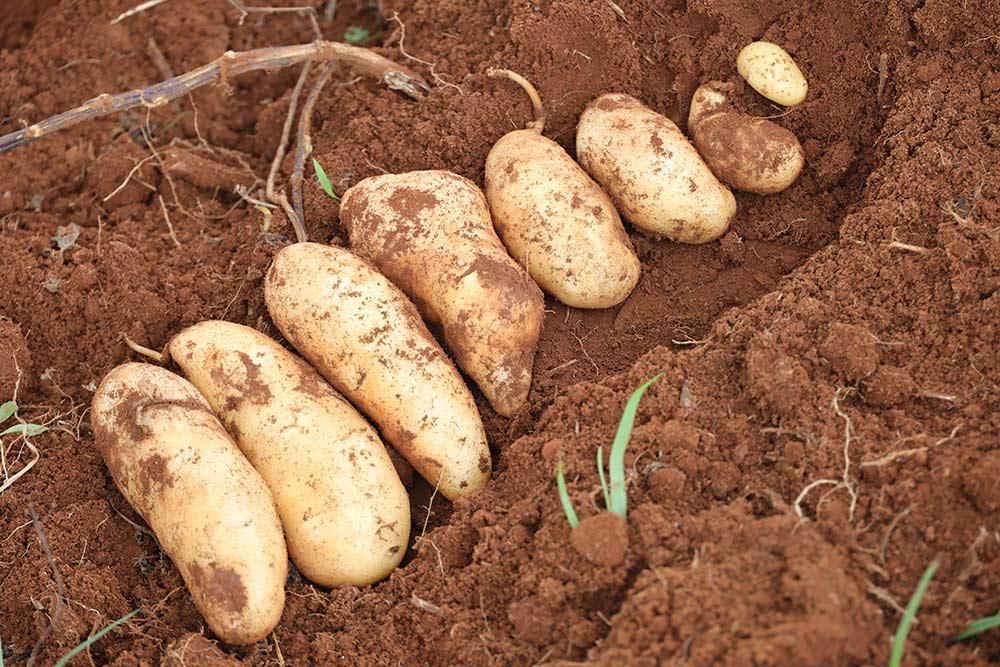Mastering Irish Potato Farming
Mastering Irish Potato Farming: Climate, Timing, and Techniques for a Successful Fall Crop
When it comes to growing Irish Potatoes, climate is everything! These cool-season crops thrive best in temperatures between 16°C and 27°C. To achieve a successful harvest, it's essential to choose the right location, plant at the ideal time, and ensure there's enough rainfall. This careful combination of factors can make all the difference in how well your potatoes grow.
Fall Crop Season: October to February 2024
The Irish Potato Fall Crop season kicks off in October and runs through to February 2024. This season, the primary focus will be on the Guy’s Hill Belt, covering areas like St. Catherine, St. Mary, St. Ann, and extending into St. Thomas and St. Andrew during the fall period. These regions have the perfect conditions to support a thriving potato crop.
For the Manchester Belt, which includes Upper St. Ann, Clarendon, Manchester, St. Elizabeth, Trelawny, and Westmoreland, most planting will take place during the spring season. With good planning and timing, farmers in these regions can expect a strong crop yield.
Soil and Land Selection
Irish potatoes grow well in a variety of soils, but the soil must retain moisture and allow for good root and tuber growth. The ideal pH level for Irish Potato production is between 5 and 7, and adding organic matter can further improve the soil quality. However, avoid waterlogged soils, as they can damage the crop.
When selecting land for planting, it’s important to choose areas that are flat or gently sloping. Avoid fields under trees or places where shadows are cast, as this can obstruct sunlight. Also, make sure to avoid planting Irish Potatoes in areas where tomatoes, peppers, tobacco, or other members of the Solanaceae Family (including potatoes) have been grown in the last three years to prevent soil-borne diseases.
Tillage Techniques: Plough, Harrow, and Farrow
Proper tillage is essential for preparing the land before planting. Here’s a step-by-step guide:
- Ploughing: Turn over the soil to a depth of at least 30 cm (1ft) about 1-2 months before planting. This allows the soil to weather and improves its structure.
- Harrowing: Break up the soil into smaller particles to ensure it's fine and loose.
- Farrowing: Create small trenches in the soil for planting. This is the final stage before the seeds go into the ground.
Soil Testing for Success
Before planting, be sure to take soil samples at least two weeks in advance. Your soil analysis should check the pH, available nutrients, and organic matter in the soil, along with the history of crops grown over the last three years. This helps ensure that the soil is ready to support healthy potato growth.
Watering and Irrigation
Irish Potatoes need 120-240 cm (20-40 inches) of water throughout their growing period. For irrigation purposes, this amounts to around 4000-6000 gallons of water per acre each day. Ideally, planting should align with the rainy season, so the potatoes receive adequate water naturally. The dry season should coincide with harvesting, which helps ensure the best quality crop.
By following these guidelines, you can maximize your chances of producing a successful Irish Potato harvest during this fall season!

